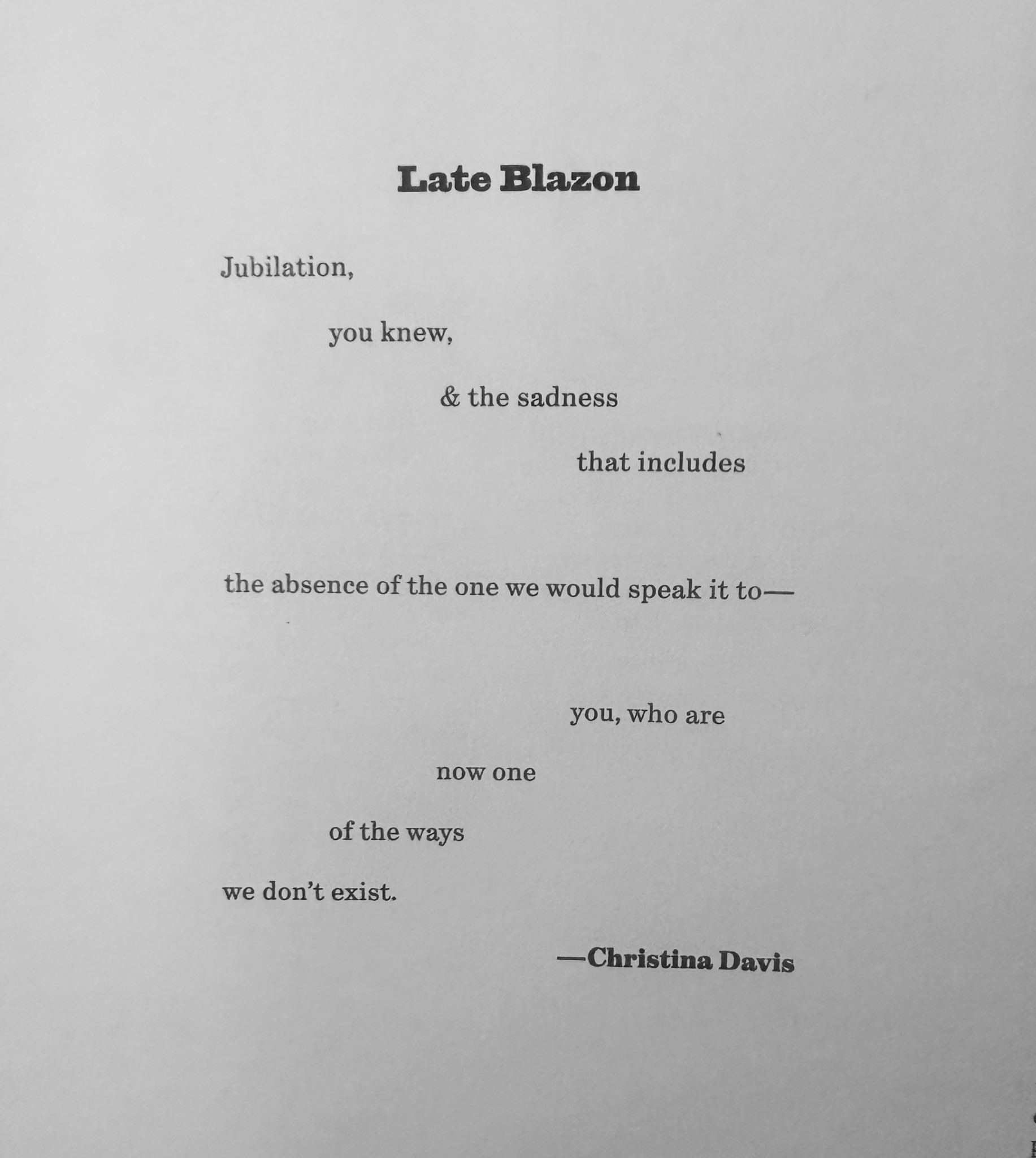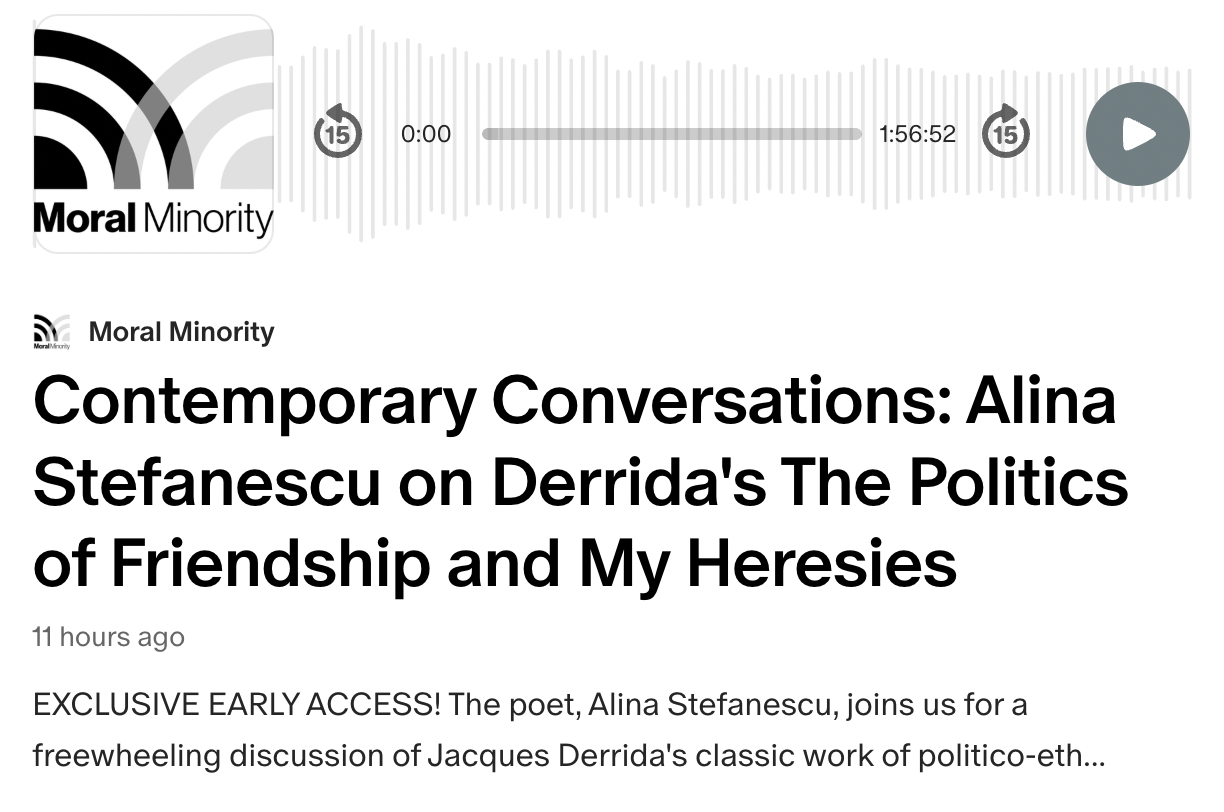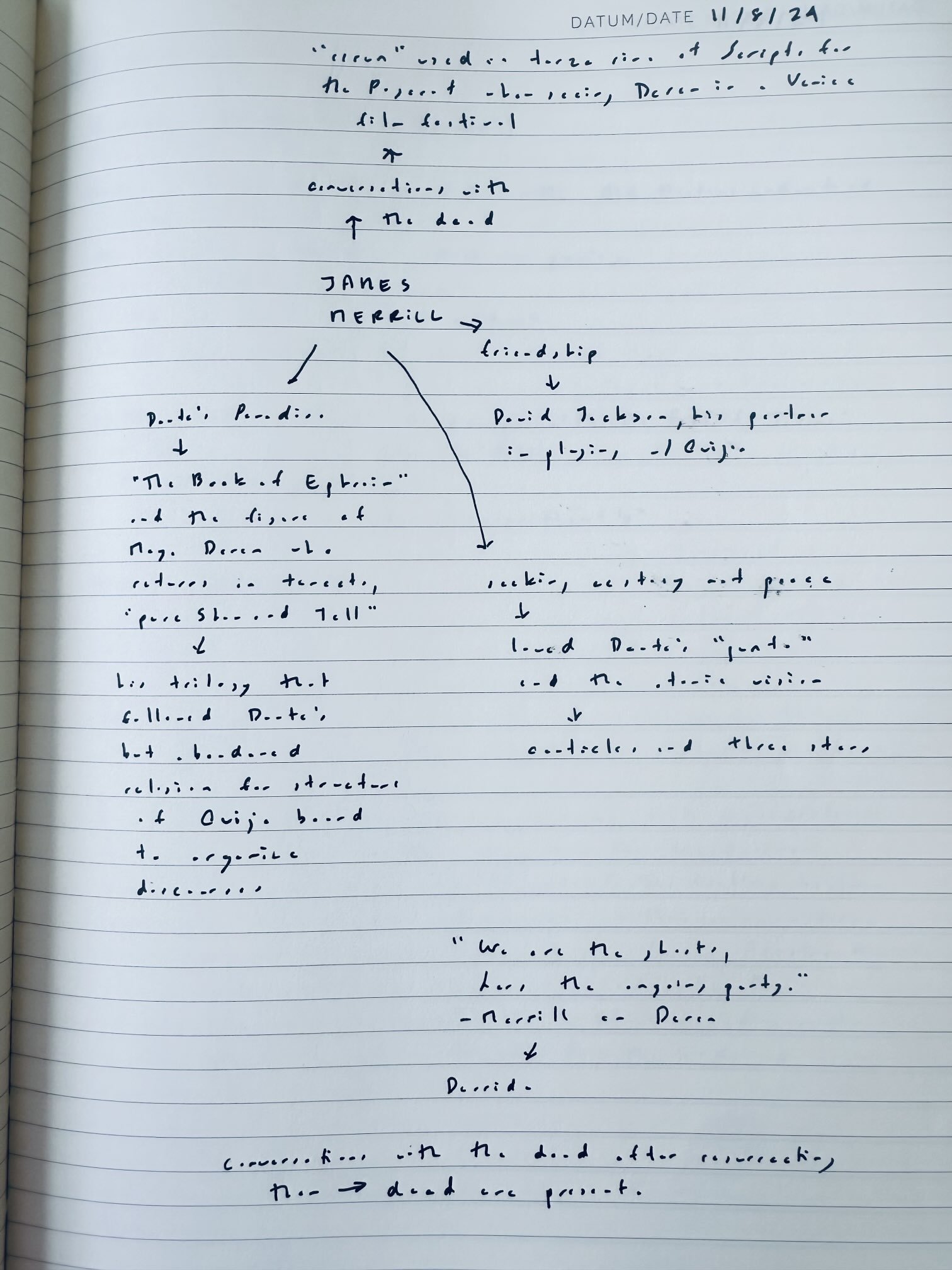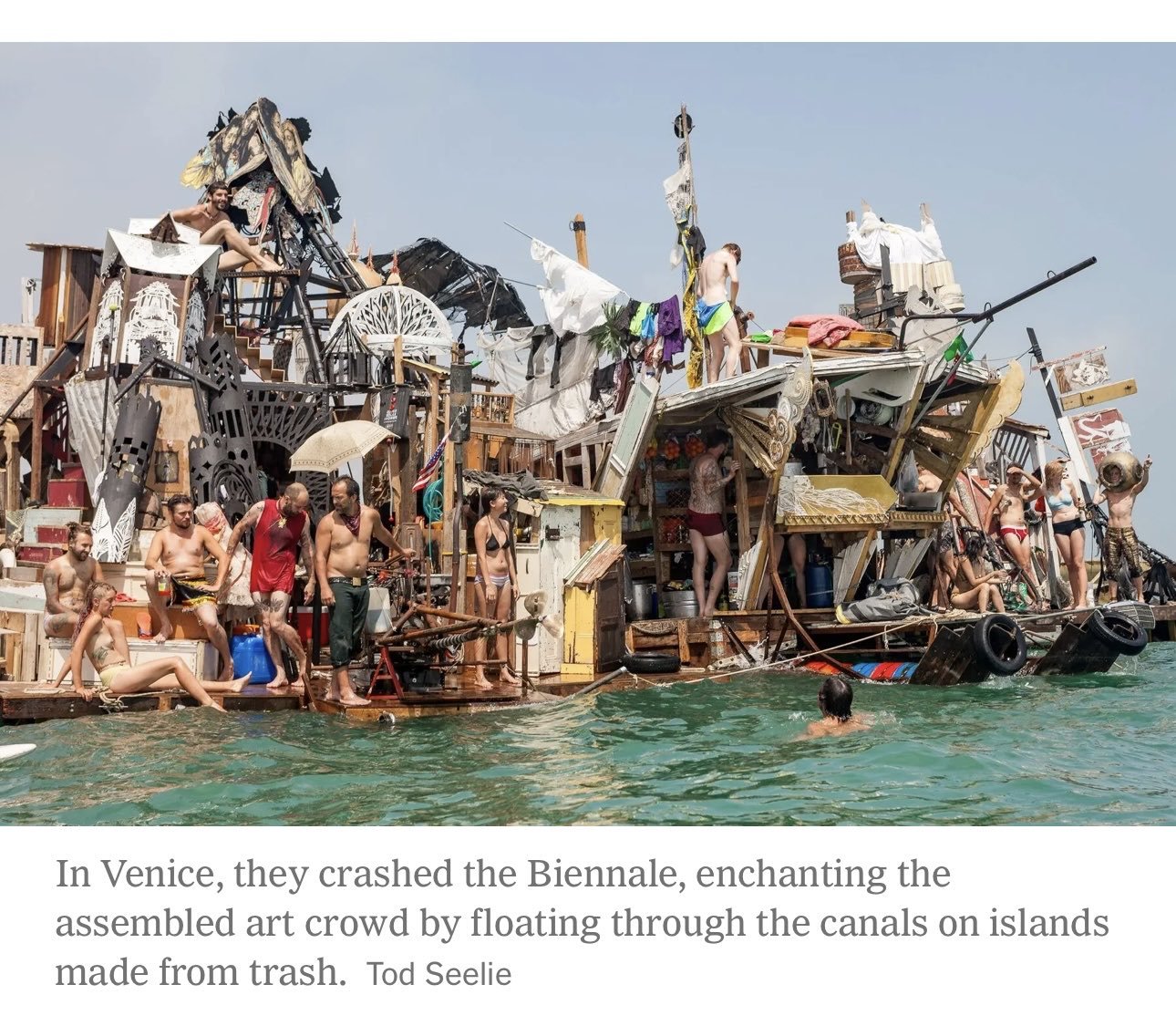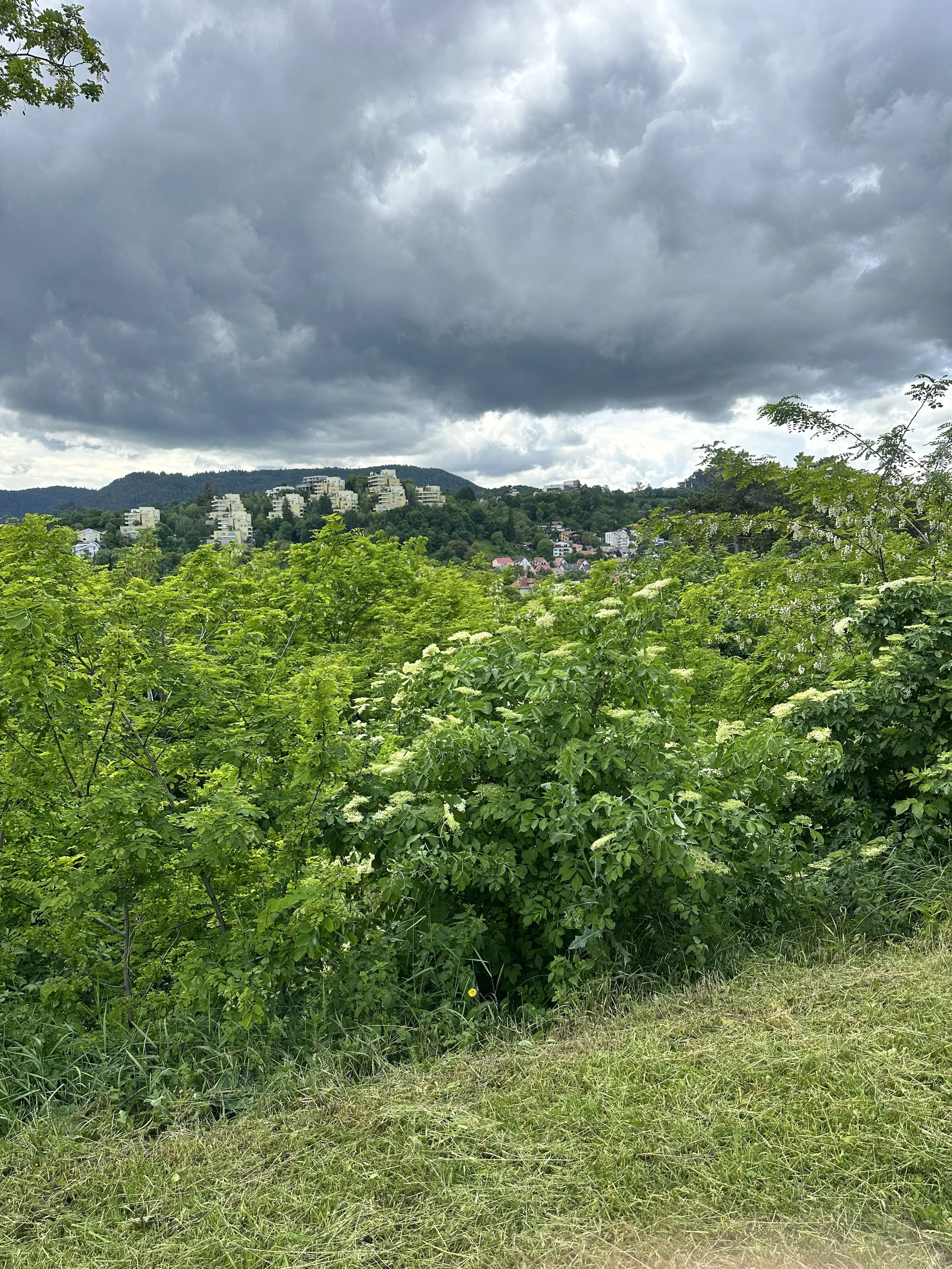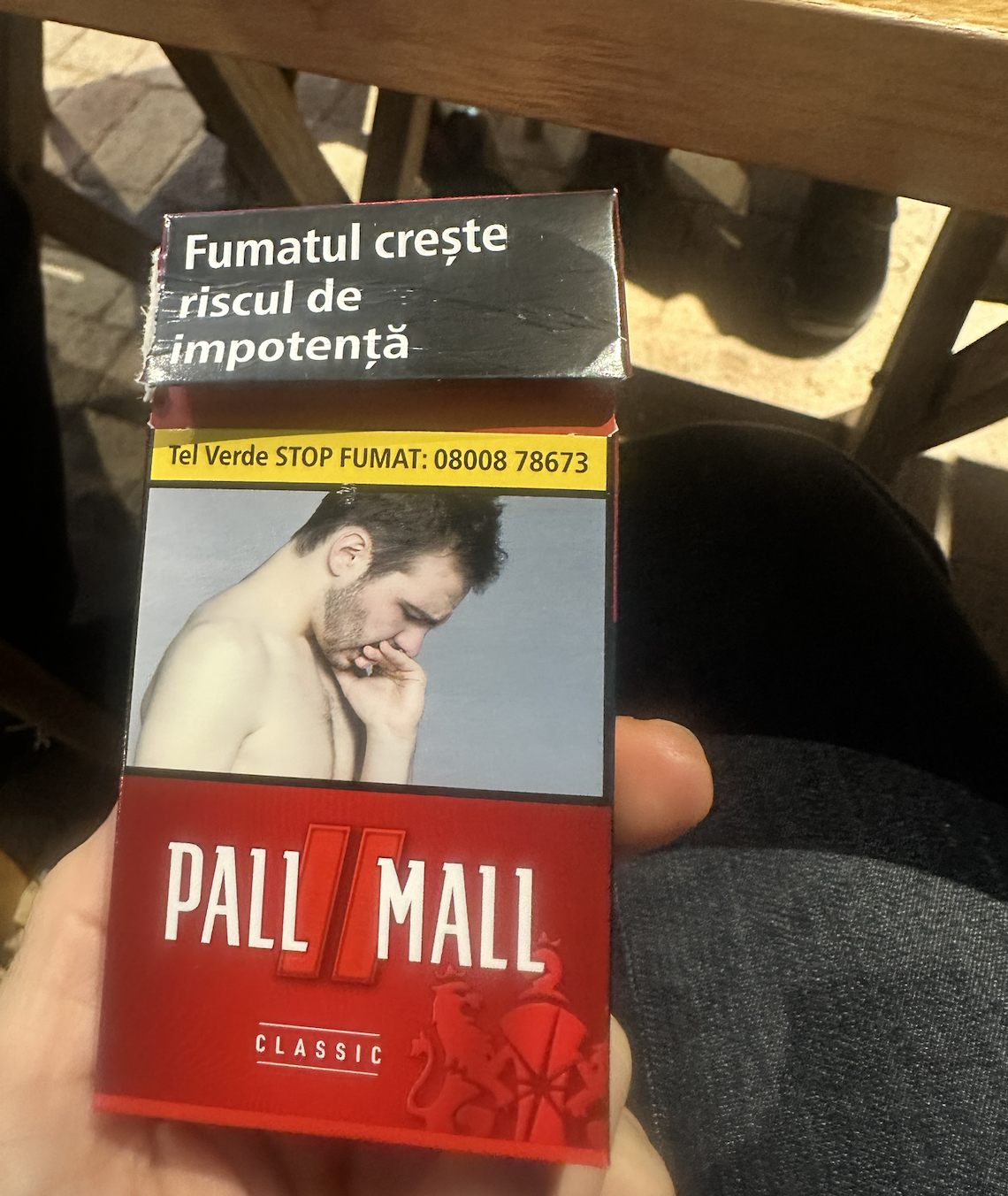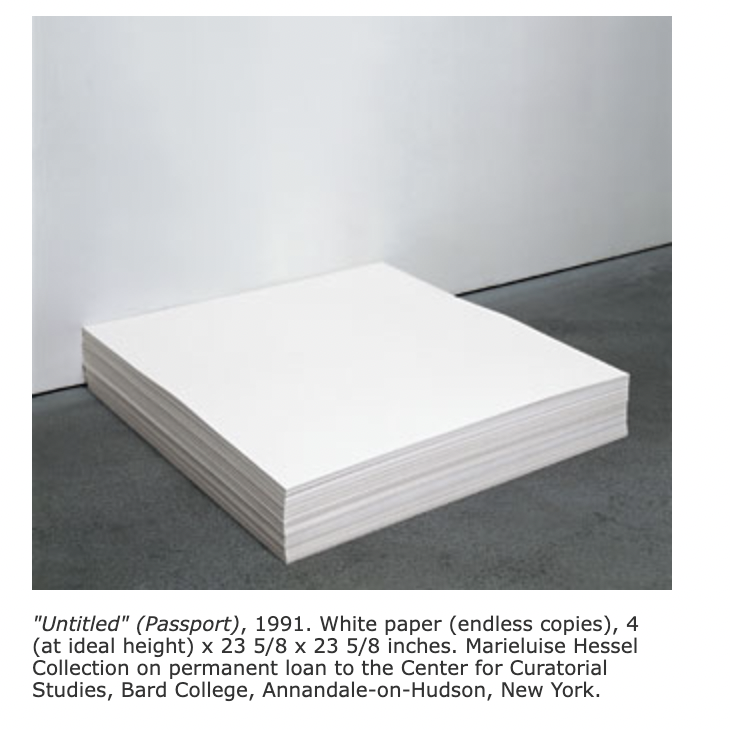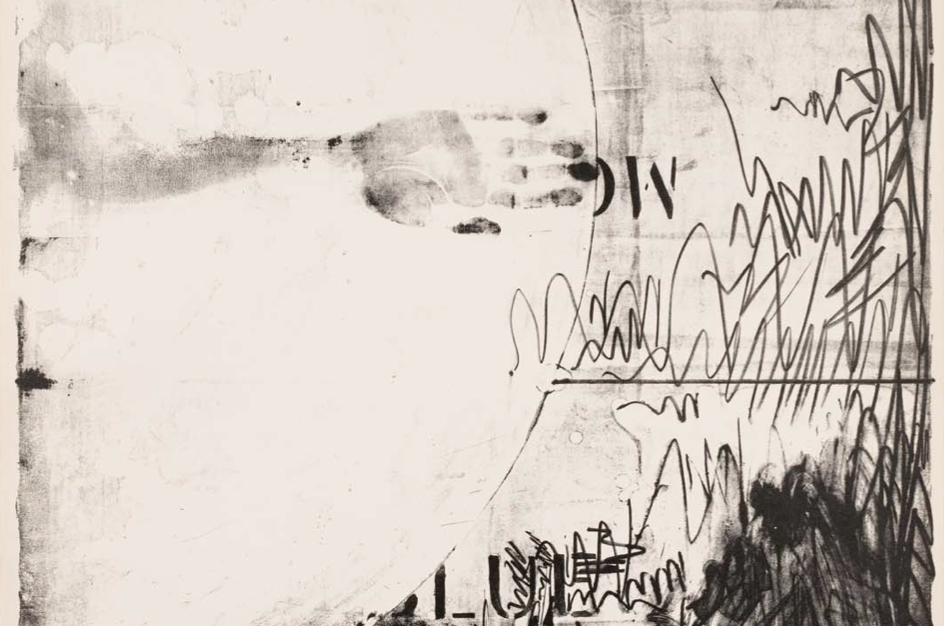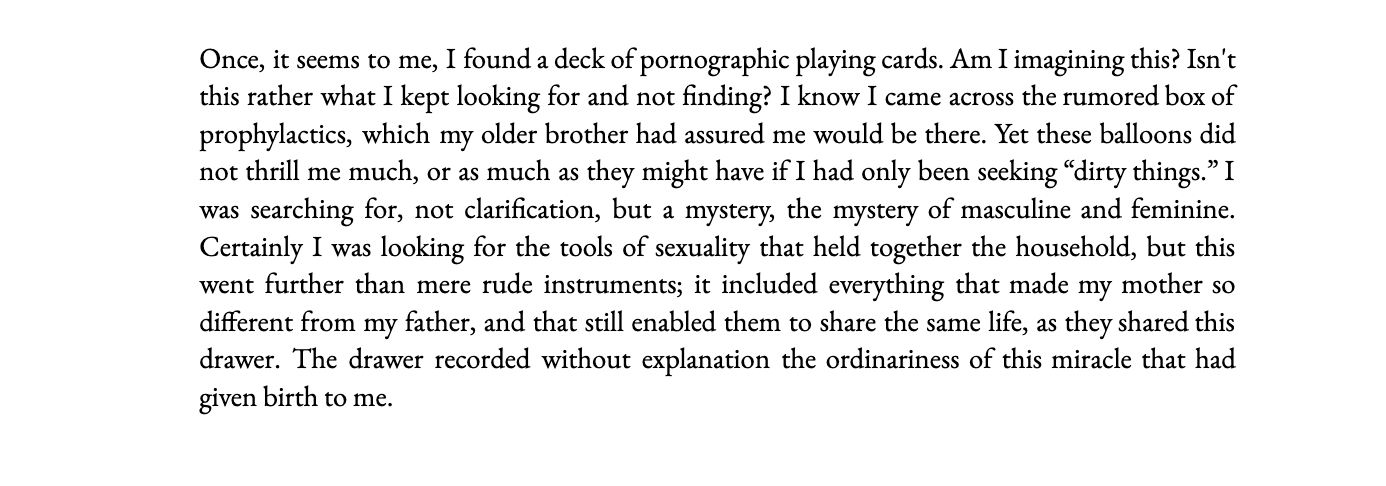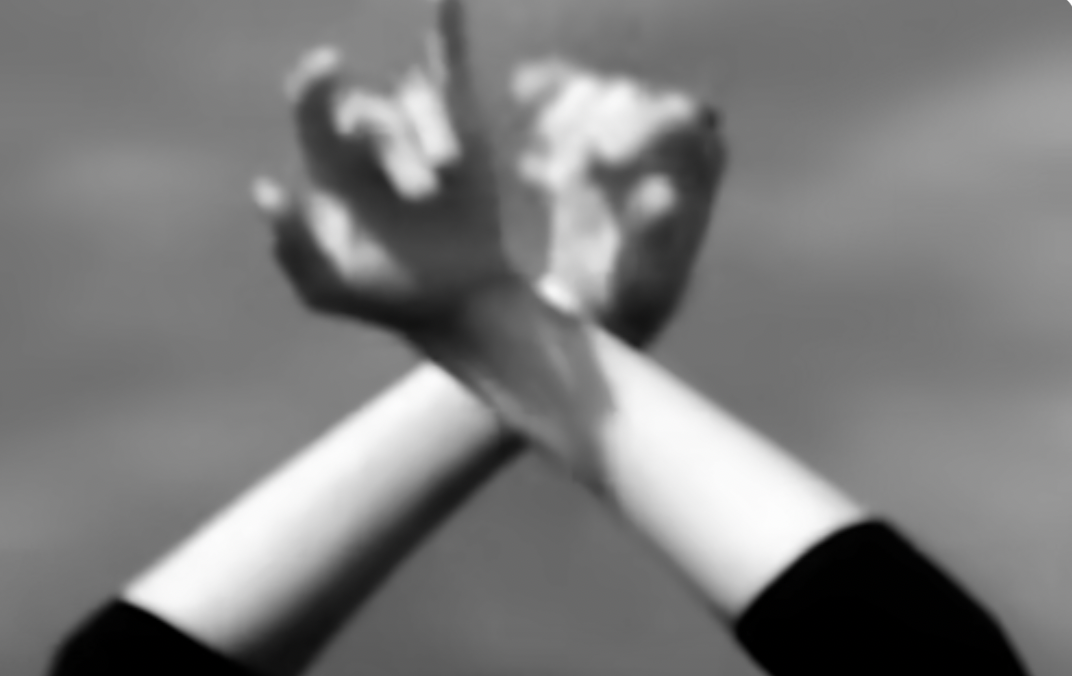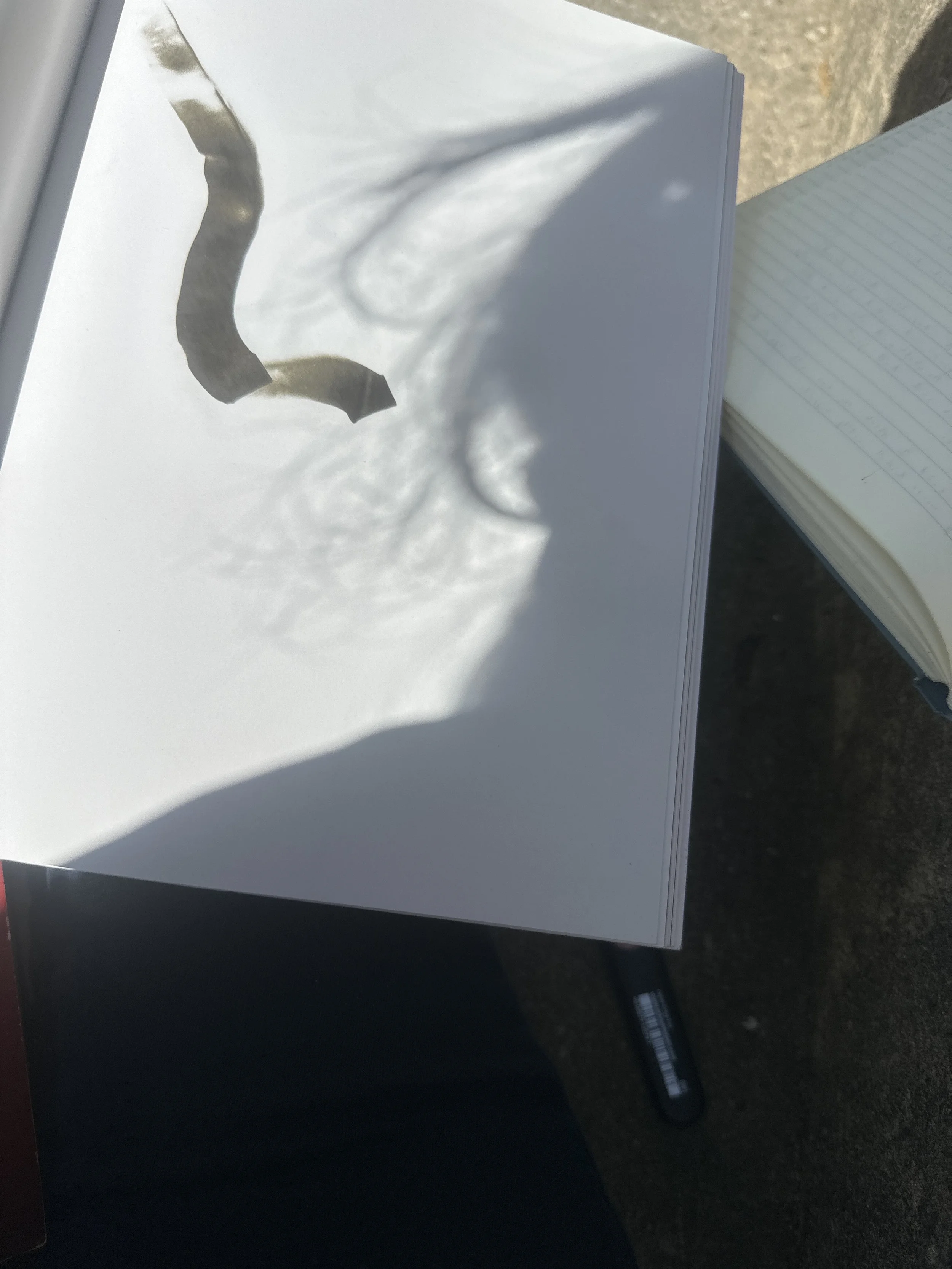“At some crisis times like this one, politics is defined by a collectively held sense that a glitch has appeared in the reproduction of life.”
— Lauren Berlant, “The commons: Infrastructures for troubling times”
“It’s mere scenery, but under the light, through the glitch of history,
Its enchantments are plenty.”
— Caridad Svich, Minotaur
[APOLOGIA]
Back on my Biolay bullshit.
I blame the green surging around me.
I blame my tendency to respond to moments of glitch with anxiety rather than engaging what glitches reveal about failing systems.
I blame, too, the seductions of expectation for making glitches sound ‘wrong’ to me rather than relevant.
Certainly, I blame the earphones that allow me to listen to music when tromping through the park near our home.
And I hold dubstep personally responsible for all the bullshit of an overly-close reading that hovers at the threshold of the glitches and skipped stitches in Morcheeba’s “Paris sur Mer” . . .
[BRIEF SKETCH OF MY INTEREST]
Leaving the siren/sirenes to the side, at 0:44 in the song, the reverb overtakes Benjamin Biolay’s voice, lifting the lyric (La pluie lâche lâche un fil) into a mirroring of its repetition. I can see it shimmering, sending off sparks, especially since the beat is now recognizably peripatetic, sensibly so as the reverb of the lâche moves alongside the beat, like a wee eddy of wind swirling through an ensemble of trash on the sidewalk.
But the wind doesn’t just swirl the trash — it also creates the ensemble. It puts the candy wrapper and lost receipt in dialogue. Or that’s what I hear/see in Un ciel de traine défile. The accidental eddy ensemble sharpens the peripatetic beat.
Re-entering the piece at 0:55, where the reverb comes back to inflect — lightly, lightly — the repetition La nuit, la nuit je sors, so that the combination — La pluie lâche lâche un fil / Un ciel de traîne défile — reminds me of something that happens with sound in poetry as well, when the moment being depicted uncouples itself sonically from representation of the immediate and interposes a condition of possibility in the polymorphous perversion of temporality.
[UNNECESSARY DIGRESSION]
One could take this down to the level of sound art. The level of sound, the syllable has its own arc that plays out in ADSR envelope. Usually, our ears attend to the point of attack in a sound. Recording artists play with the stickiness of sound that comes in decay. (Sometimes I amuse myself by imagining an echo as evidence of a sound’s relationship to its own decline rather than a mirroring of sound.)
A visual of the ADSR envelope used in sound art. The Attack parameter determines the time it takes for a sound to reach its maximum amplitude from silence. Decay sets the time it takes for the sound to decrease from its peak amplitude to the sustain level. Sustain determines the level at which the sound will remain as long as the note is held. Release is the time it takes for a sound to fade away after the note is released.
[”CHANGING GENRES”]
We are verses out of rhythm
Couplets out of rhyme . . .
– Simon and Garfunkel, “The Dangling Conversation”
To pick up a different thread, Dean Young’s poem, “Changing Genres,” seems to acknowledge something like an uncoupling of pace or step in both its title and the direction ventured by the first line: “I was satisfied with haiku until I met you . . . “
What drew me back towards this poem after listening to “Paris Sur Mer” occurs midway through this headlong single-stanza, a stanza whose pacing races forward with few pauses or recapitulations, and no breath to mark “time in gulps as glitches / passing, squibs of threnody, a fallen nest,” the images similarly gathered into an accidental (or uncanny) ensemble.
Young’s title, “Changing Genres,” is a literary reference: it indicates shifting from the short, bright, uncluttered images of haiku to the expansive ornamentation of “a Russian novel.” Young makes this clear in the first few lines. The speaker desires all the extraneous and decidedly unsimple artifice of the “glittering ball,” the elaborate staging devised just for “a kiss at the end of a dark hall.” The change in genre here indicates a desire for rapid pacing, a beat of flushed cheeks and scrolling fans.
I was satisfied with haiku until I met you also duplicates the long-u sound within a line, doing the thing we call rhyme. One could argue that this particular rhyme is what sets the whole poem in motion, or gives it wind, hands it a spool to unwind. Although Young’s poem situates itself in a heteronormative couple, that particular step-pair that is most interesting in its mis-steps and articulations of difference, one can also consider the Russian novel as a glitchier affective environment for the staging of romance. The more material on the sidewalk, the easier it is for the wind to ensemble it.
Writing about the affective reverb of Ed Atkinson’s Pianowork 2 in “The Pain Artist”, Ben Lerner employed a spell-binding parentheses: “(our breath glitches from emotion)”. Lerner hears this in Pianowork 2, as I hear it in “Paris sur Mer” — or the topos that Paris-sur-Mer has taken up in my imagination. The glitches conspire to open language at the point of mismatch, or the instant when the shadow separates from the object.
La pluie lâche lâche un fil
Un ciel de traîne défile
“And yet I cannot shake the question mark. It is as if, by way of a cosmological glitch, the typographical certainty by which we would normally stamp time with a date was obstructed. Maybe we retain the mark, not only here but everywhere we see an image. Maybe we refuse the imperative to find its answer and insist instead on its fundamental ambiguity, on its being and remaining a question.”
— Ben Libman, The Third Solitude
Attempting to illustrate how the speaker uncouples atop a swing, with a drawing by Lenora Carrington in the boughs.








